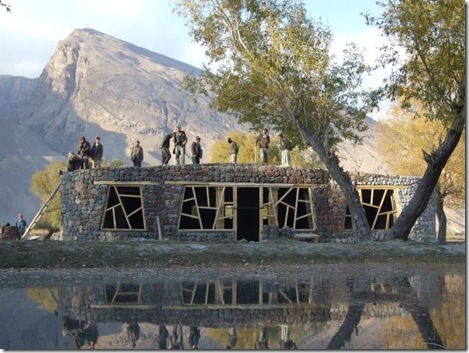India is fast becoming one of the world’s leading consumer of manufactured goods. Be it cellphones, sneakers, cars or home furnishings; Indians are lapping it all up. And the manufacturers of the world cannot ignore the fact that there needs to be a new design sensibility for this new client base.
Jayashree Bhosale at Economic Times writes about this need for an “Indianised” design and by extension the Indian designers.
In the whole post-secondary education boom, pure design schools have not been at the forefront. And that is a niche waiting to be filled. The article below discusses the pros and cons of that.
India is now a potential design pool
There’s a whole new talent dimension that India has yet to cash in on: design. The demand for professionals in this field is going up by the day, as international brands call in on one of the world’s key manufacturing and consumption centres. But with just a handful design schools in the country, it’s an opportunity waiting to be tapped.

